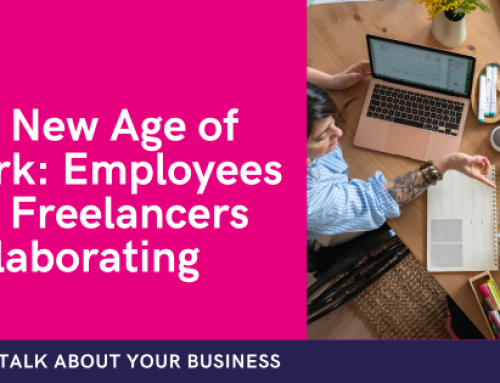I attended a seminar today at Unity Works in Wakefield. It is Wakefield Business Week and they had a wide range of people speaking.
One of those speaking was Lee Jackson – the PowerPoint Surgeon. He wore the green gown too – taking his role seriously.
It was interesting to hear his outlook on the use of PowerPoint – the new ‘death by vufoils’ syndrome; if you can remember that far back where learning was in the form of just writing down everything on the vufoil and not even listen to the presenter at all? For many people this is how they see the use of PowerPoint and visual aids in general.
I see visual aids as adding value, not replacing, the presenter but I was certainly of the mind that bullet points, memory joggers for the presenter was a good use – now I’m not so sure.
Lee demonstrated the impact that one image covering the whole slide can make – rather than what we are used to which is to have a heading, bullet points and a small image. I was blown away how using fewer slides; using images with maybe a statistic or statement is far more effective and powerful for any presentation. The audience must therefore give attention to the presenter but in turn the presenter must know their presentation!
I therefore employed this technique when a client asked me to develop a slide for his presentation. I included a number of images but there was no title and all the images filled the slide – I was pretty pleased if I do say so myself and the client was too [which is obviously the main point of the exercise].
The use of PowerPoint is now the accepted method of presentation delivery although flip charts are always handy. However, a question from the audience at this same seminar posed a different option. The gentleman was clearly bemused as to the use of PowerPoint ‘nowadays’ he was advocating the use of Smart Boards in all conference/training delivery establishments – they’re only £1,300 each!
Now that brought to mind “teacher training” for me and how all training incorporates the great delivery tool that is the Smart Board. However, I did hear once that with a power cut comes the lack of a Smart Board and a number of newly qualified teachers were unable to deliver a lesson without it – asking if they could go home!
I therefore strongly advocate the skill of coming back to basics because wherever we go there may be a problem with technology; incompatible software, power cuts and broken equipment.
So the first part of a presentation is the presenter – get your part great, rehearse, develop, practice and your visual aids add value. Back to basics is the place to start.
What’s your favoured tool to add value to your presentation?
Employing staff is a whole new ball game with its own set of rules. Working with a VA is an option that a great many business people are turning to. Check out my book on How to Hire a Virtual Assistant. Available on Amazon by clicking here.
Connect with Michelle on other platforms too:-Learn how you can work with Virtual Hand; how your business can grow and how you can communicate better with your audience.




